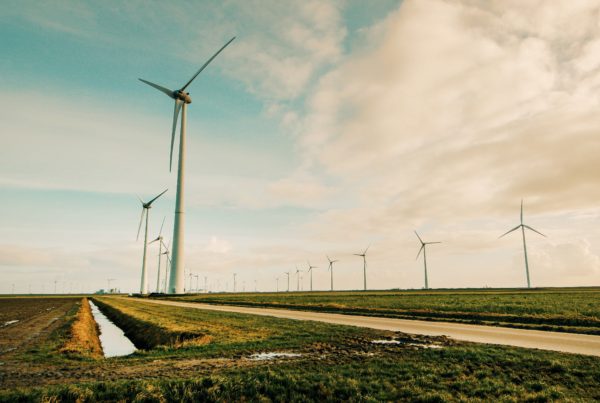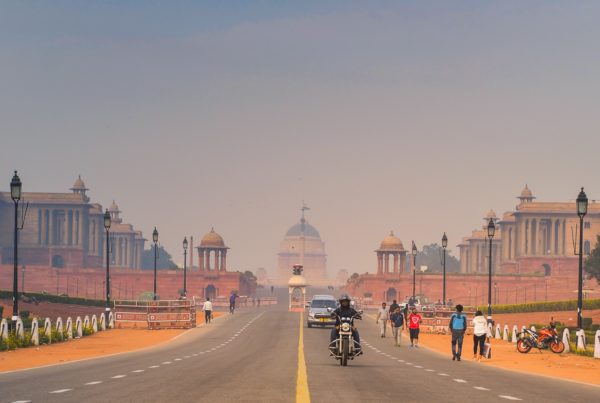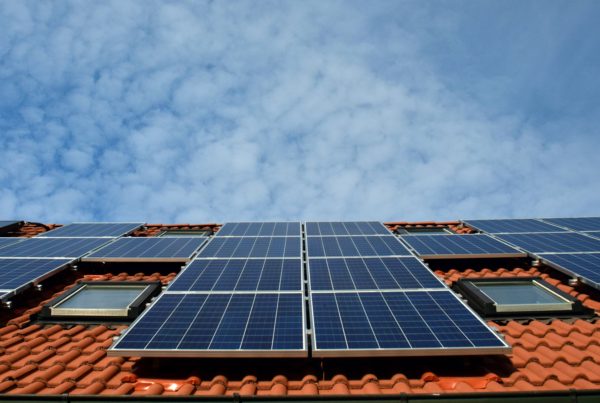The best configuration that can effectively take over the diesel generator is the Grid-connected rooftop solar PV with multimode/hybrid inverter and battery storage system.
In this configuration, PV array, battery storage and specified AC loads are all connected to the multi-mode Inverter. When the grid is available the specified and non- specified loads are powered by the grid as well as the PV system. Excess power from the PV system can be used to charge the battery, or can be exported to the grid. When the grid is not available the PV system charges the batteries, which supplies power to the loads.
Most of the critical infrastructure that communities depend on in an emergency-fire stations, hospitals, community shelters-rely almost exclusively on diesel generators when the grid goes down. Unfortunately, diesel generators aren’t always up to the task when called upon.
In fact, diesel generator failure is a commonly occurring theme when disaster strikes. High-profile failures at hospitals, resulting in life-threatening conditions for vulnerable patients, have been particularly widespread. The list goes on and on.
Generators can fail for any number of reasons: malfunctioning switches, overheating, lack of adequate fuel supplies, improper sizing for loads. A key issue with diesel generators is that they spend the majority of their time just sitting there, doing nothing. When a generators sits idle for too long, it tends to break. There are protocols in place for periodic testing of generators, but testing is generally infrequent and does not typically reflect real load conditions. This sporadic testing provides no guarantee that generators will perform properly in an emergency.






